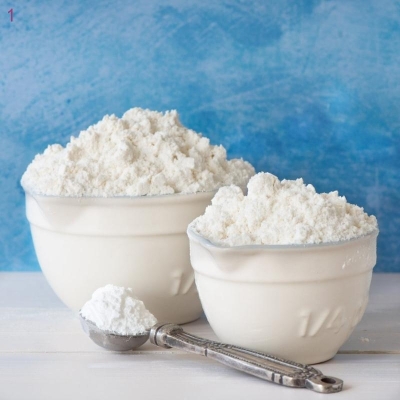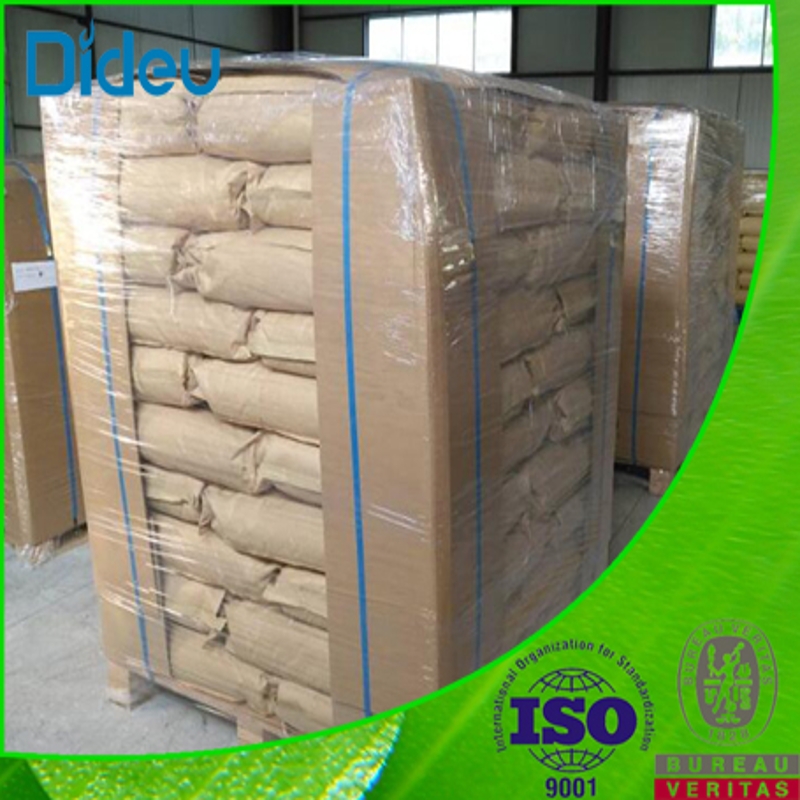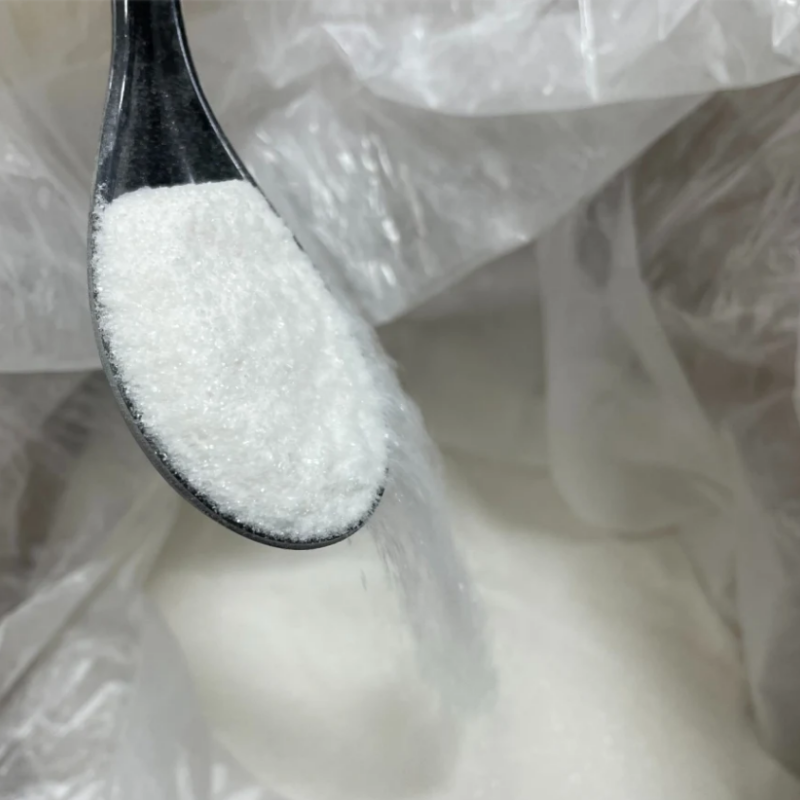-
Categories
-
Pharmaceutical Intermediates
-
Active Pharmaceutical Ingredients
-
Food Additives
- Industrial Coatings
- Agrochemicals
- Dyes and Pigments
- Surfactant
- Flavors and Fragrances
- Chemical Reagents
- Catalyst and Auxiliary
- Natural Products
- Inorganic Chemistry
-
Organic Chemistry
-
Biochemical Engineering
- Analytical Chemistry
-
Cosmetic Ingredient
- Water Treatment Chemical
-
Pharmaceutical Intermediates
Promotion
ECHEMI Mall
Wholesale
Weekly Price
Exhibition
News
-
Trade Service
Recently, Stanford University scientists announced the research and development results of solar cell cooling materials, according to the test results, the temperature of solar panels can be reduced by up to 23 degrees Fahrenheit (about 12.
7 degrees Celsius), if the absorption energy efficiency of solar cells is calculated according to 20%, then the energy efficiency output can be improved by 1%
after cooling.
Solar cells are usually directly "bathed" in sunlight and will inevitably heat up, and in overheated environments will cause battery performance to degrade, which seems to be stuck in an endless cycle
.
The research team has now found a reasonable solution to reduce heat
by covering traditional solar cells with a new ultra-thin material.
This solar cell cooling material is made of silica, which combines the characteristics of thin and individual patterns, allowing sunlight to pass directly through during use, capturing as much sunlight as possible while also transmitting thermal radiation to the outside world, reducing the temperature of the panel as much as possible, thereby increasing the efficiency
of the cell.
Recently, Stanford University scientists announced the research and development results of solar cell cooling materials, according to the test results, the temperature of solar panels can be reduced by up to 23 degrees Fahrenheit (about 12.
7 degrees Celsius), if the absorption energy efficiency of solar cells is calculated according to 20%, then the energy efficiency output can be improved by 1%
after cooling.
Solar cells are usually directly "bathed" in sunlight and will inevitably heat up, and in overheated environments will cause battery performance to degrade, which seems to be stuck in an endless cycle
.
The research team has now found a reasonable solution to reduce heat
by covering traditional solar cells with a new ultra-thin material.
This solar cell cooling material is made of silica, which combines the characteristics of thin and individual patterns, allowing sunlight to pass directly through during use, capturing as much sunlight as possible while also transmitting thermal radiation to the outside world, reducing the temperature of the panel as much as possible, thereby increasing the efficiency
of the cell.







